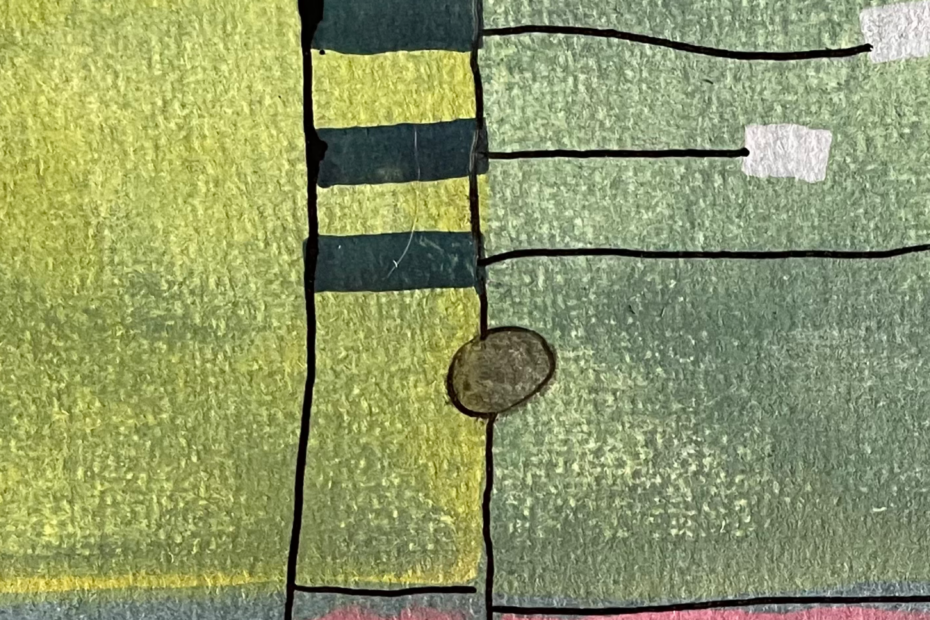Diffraction of the Mind Through Art
Abstract
In this paper, I explore the intricate relationship between art, perception, and time, guided by a philosophical framework that seeks to unravel the complexity of human consciousness through creative expression. My approach, rooted in the exploration of consciousness, the channeling of deep desires, and the narrative construction of imaginary worlds, serves as a conduit for understanding the multifaceted nature of temporal experience and individual interpretation.
Introduction
The essence of my artistic inquiry lies in the mission to capture and convey the complexity of the human mind through a diversified artistic palette. This exploration is underpinned by three core principles: the dissection of consciousness, the articulation of unspoken desires, and the vivid portrayal of fictitious realms. Through a seamless amalgamation of various artistic mediums, my creations endeavor to transport viewers across temporal dimensions, challenging their conventional perceptions of reality and inviting them into a dialogue with the unseen and the untold.
Theoretical Framework
The Concept of Time in Artistic Narration
Time, a pivotal theme in my work, functions as both a subject and a narrative device, allowing for the exploration of its fluidity and non-linearity. Through the adoption of the triptych philosophy, I articulate a narrative technique that encapsulates past, present, and future, offering a holistic temporal experience within a singular artistic piece.
Diffraction of the Mind: A Pathway to Individual Interpretation
The theory of mind diffraction in art and storytelling is central to my research, positing that individual perceptions and interpretations are akin to the diffractive patterns of waves interacting with obstacles. This phenomenon underscores the subjective experience of art, emphasizing the uniqueness of personal interpretations and the impact of the observer’s mental and emotional state on their understanding of art.
Methodology
Analyzing the Role of Artistic Mediums on Perception
In investigating the influence of different artistic mediums on viewer interpretation, I draw upon examples from traditional and digital art forms, including painting, sculpture, digital art, and mixed media. These mediums are examined for their capacity to facilitate or hinder the diffraction process, thereby shaping the viewer’s engagement and interpretation of the artwork.
Balancing Diffraction and Narration in Artistic Creation
My artistic practice navigates the delicate balance between diffraction, which allows for a multiplicity of perspectives, and narration, which provides a semblance of structure and coherence. This balancing act is critical in fostering a resonant experience that aligns with the viewer’s desires and interpretations.
Case Studies
The Immersive Power of Mixed Media Art
Through a series of case studies, including my own artworks, I illustrate the transformative potential of integrating various mediums and technologies. These explorations underscore the capacity of art to transcend conventional temporal and perceptual boundaries, offering viewers an immersive and multisensory experience.
Discussion
Viewer Engagement and Multilayered Meaning
The interaction between art and viewer is characterized by a dynamic process of meaning-making, where diffraction and personal interpretation play significant roles. My research delves into the implications of this interaction, emphasizing the importance of viewer engagement in unveiling the layered complexities of artistic works.
Innovations in Artistic Technique and Technology
I further examine the impact of technological advancements on artistic expression, particularly the role of digitality and interactivity in expanding the possibilities for diffraction and viewer participation. These innovations present new frontiers for exploring the nexus of art, perception, and time.
Conclusion
My artistic research underscores the profound interplay between art, perception, and time, highlighting the role of diffraction in enriching the viewer’s experience and interpretation of art. Through a critical examination of various artistic mediums and narrative techniques, this paper contributes to a deeper understanding of how art can serve as a portal to alternative temporal realities and personal introspection.
